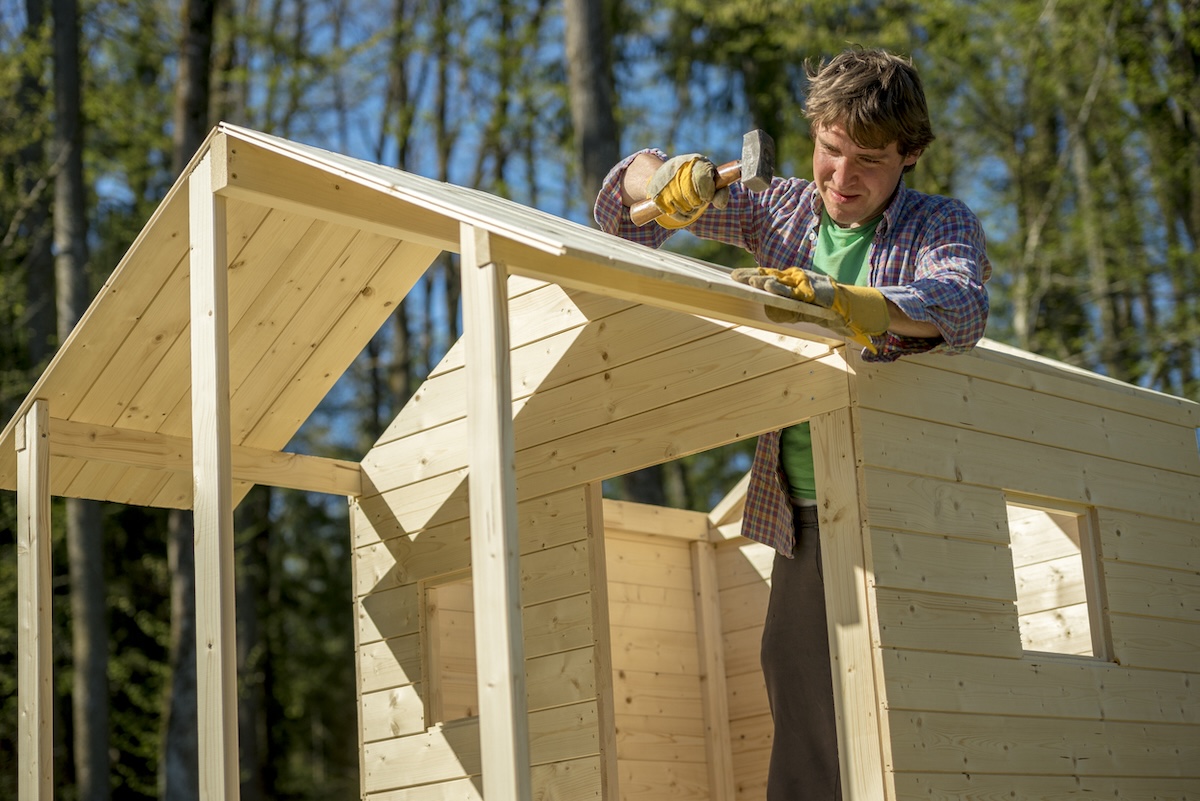

We may earn revenue from the products available on this page and participate in affiliate programs. Learn More ›
Home Advice You Can Trust
Tips, tricks & ideas for a better home and yard, delivered to your inbox daily.
By signing up you agree to our Terms of Service and Privacy Policy.
There’s been a growing interest in DIY lately, with the $890 million DIY home improvement market expected to grow to $1.43 trillion by 2029 and 73 percent of millennials claiming to be DIYers. Combined with the growth in sustainability interest, old school DIY methods that are easy on the planet are poised to become even more popular, too.
While beekeeping, raising chickens, and native plant gardening have gradually become more mainstream among homeowners, consider these other traditional DIY methods to fix, maintain, and decorate your home.
Dyeing Wood
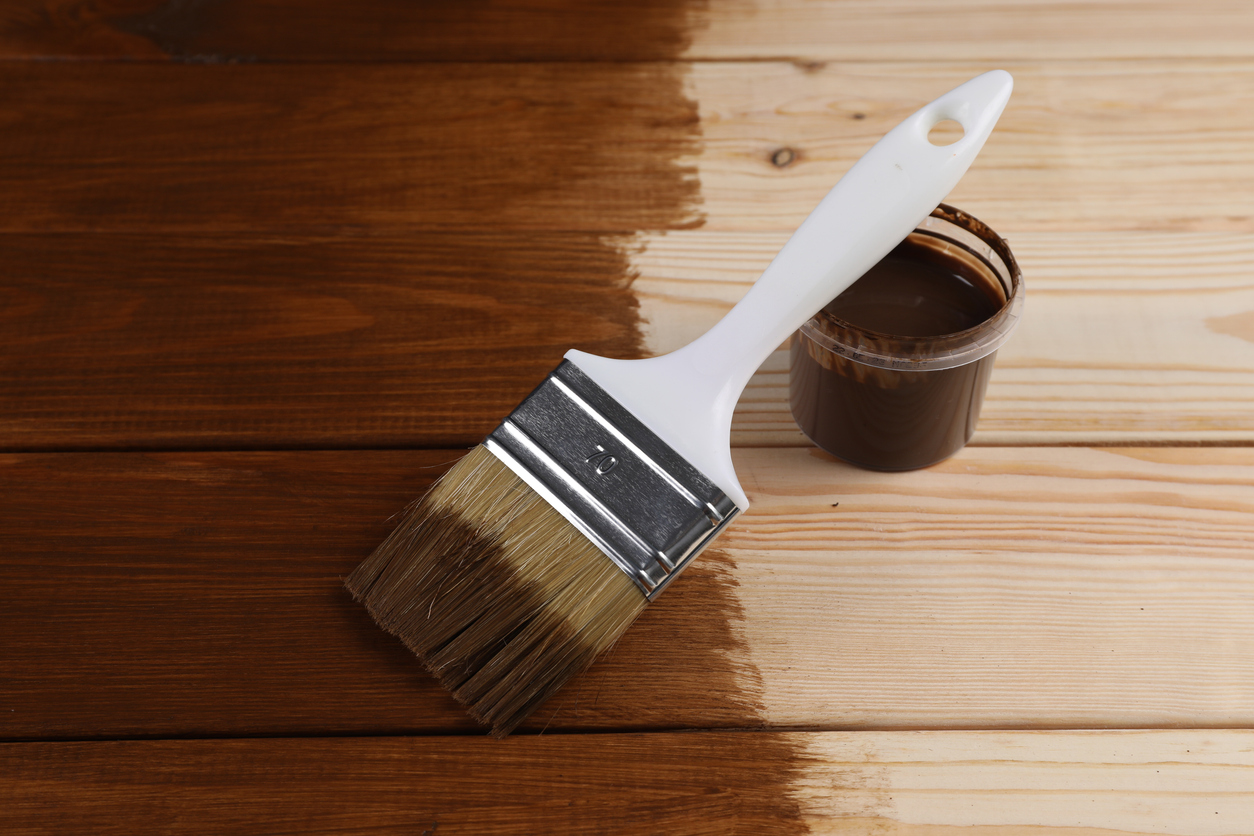
Photo: istockphoto.com
While paint is a quick way to add color to wood, and stain is a longer-lasting alternative, dyeing wood is a whole other method that penetrates even further into the wood fibers. You can use coffee or tea for a darker look. Choose herbs like turmeric or vegetables like beets to achieve other colors. And dissolve steel wool into vinegar to create black. For best results, use grounds mixed with water or the juice from the produce.
Mixing Paint
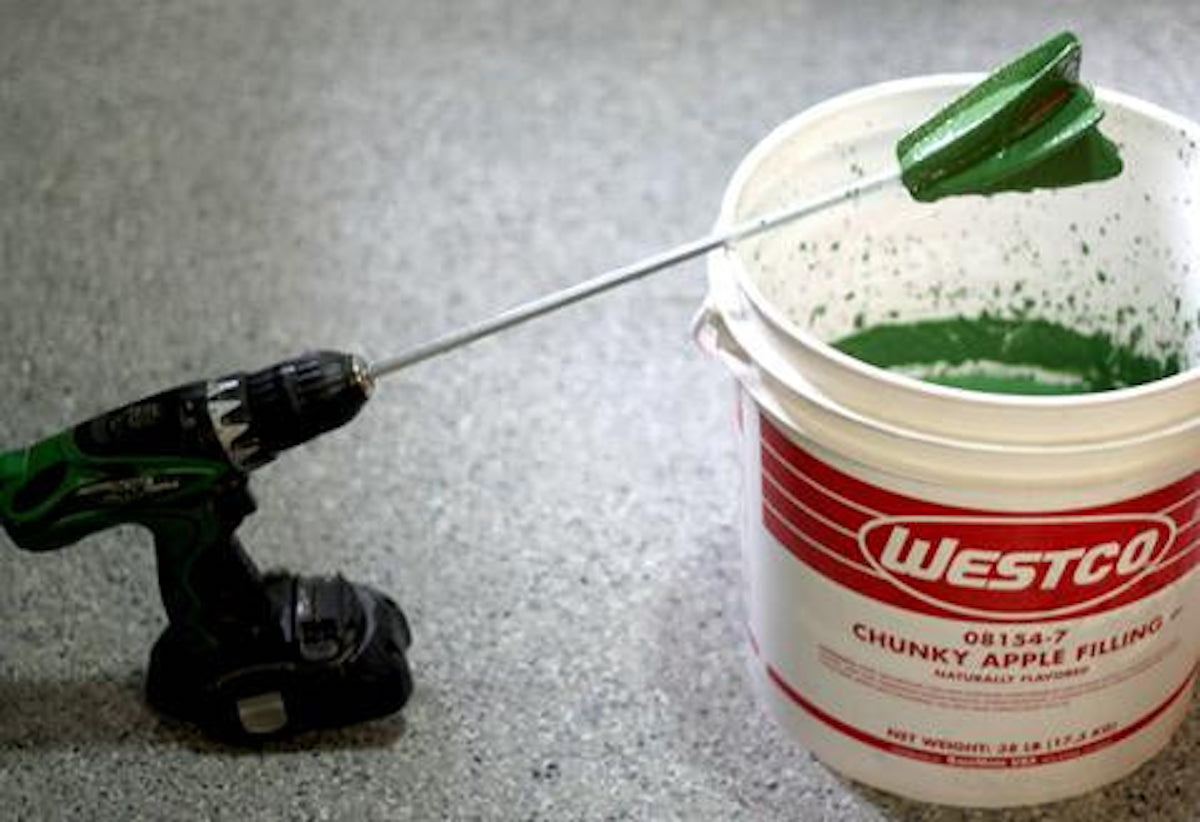
Photo: naturalearthpaint.com
Yes, you can make paint for your home. You’ll need a bucket, a drill with a paint mixer attachment, and this recipe from Natural Earth Paint:
1. Mix 2 cups of cold water with 1 cup of flour to make flour paste.
2. Add 6 cups of boiling water and stir until mixture thickens.
3. Add 1 part of the flour paste to 1 part pigment and 1 part fine sand in a bucket.
4. Mix with the paint mixer attachment on the drill.
5. Add water until it is smooth and paint-like.
6. Add 2 to 3 tablespoons of Borax per gallon.
Note: When adding pigment to the flour paste (step 3), you may need to add more or less of the pigment depending on the color you want to achieve. It’s best to add pigment slowly so you have the flexibility to add more.
Composting Waste
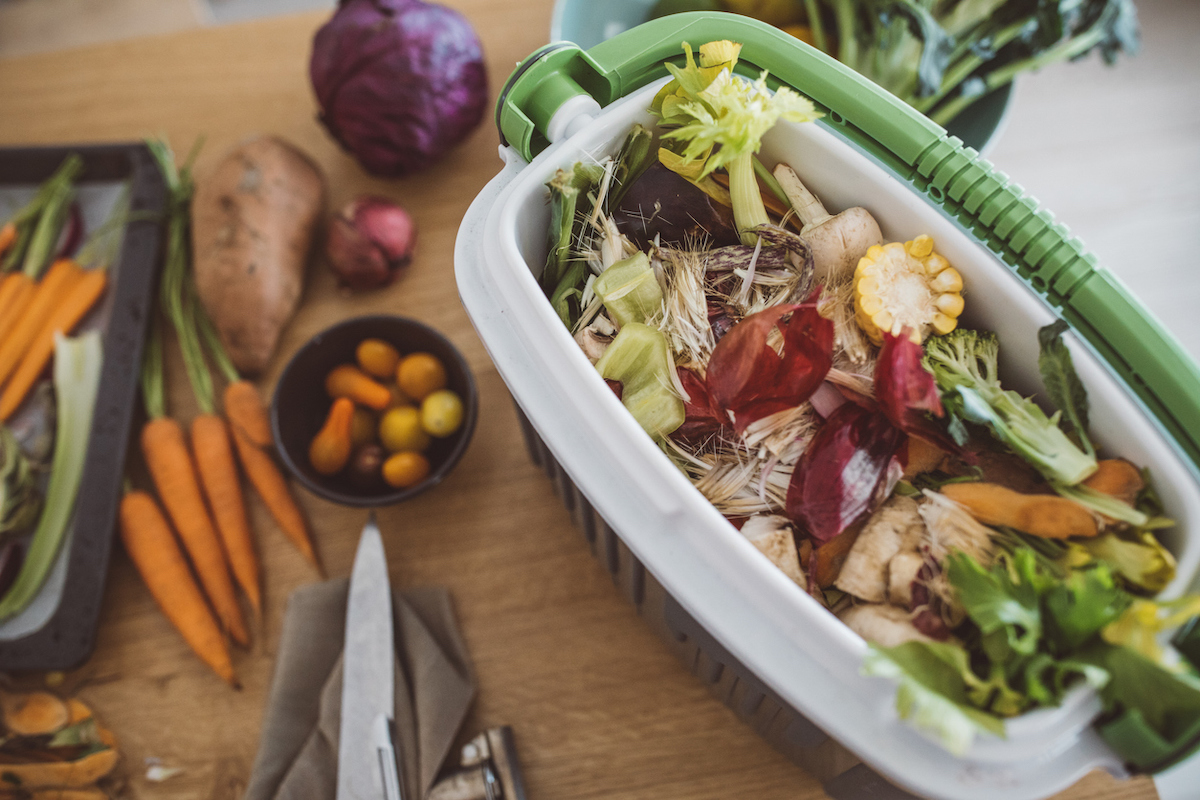
Photo: istockphoto.com
Whether you start with a small automatic countertop composter or invest in a backyard compost tumbler or bin that needs regularly turning, feeding the compost pile instead of the garbage is an easy way to nourish your garden and live more sustainably. It’s best to include a mix of organic materials in order to achieve the richest compost. Include both brown materials like dry leaves and newspaper and green materials like grass clippings and veggie scraps. Learn more about how to start composting.
Hand Planing
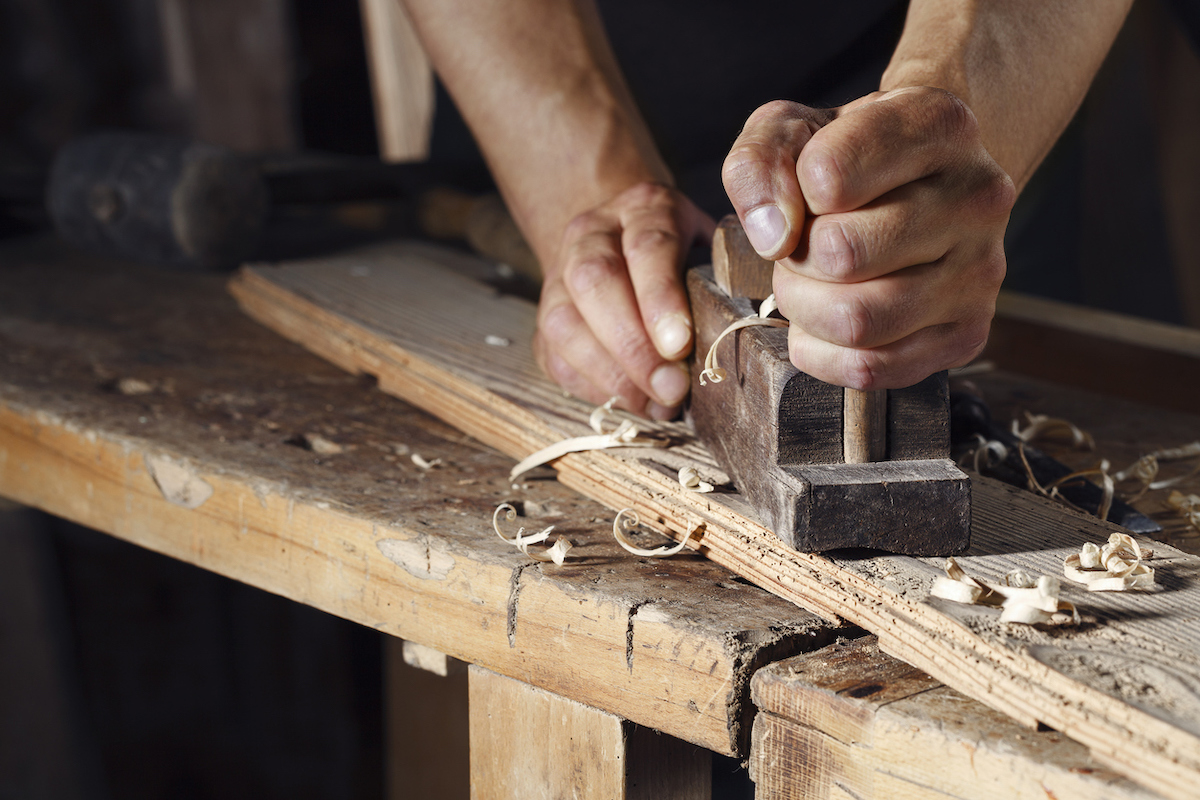
Photo: istockphoto.com
Power tools are great for getting projects completed quickly, but there’s something about hand tools that allow DIYers more control over the project and more finesse. It’s a personal approach to woodworking that can make a finished project more special. Using a hand plane like this one from Stanley to smooth the edges of a board or true an edge takes some practice and concentration. Check out our guide to how to use a hand plane to learn how.
Painting with Milk
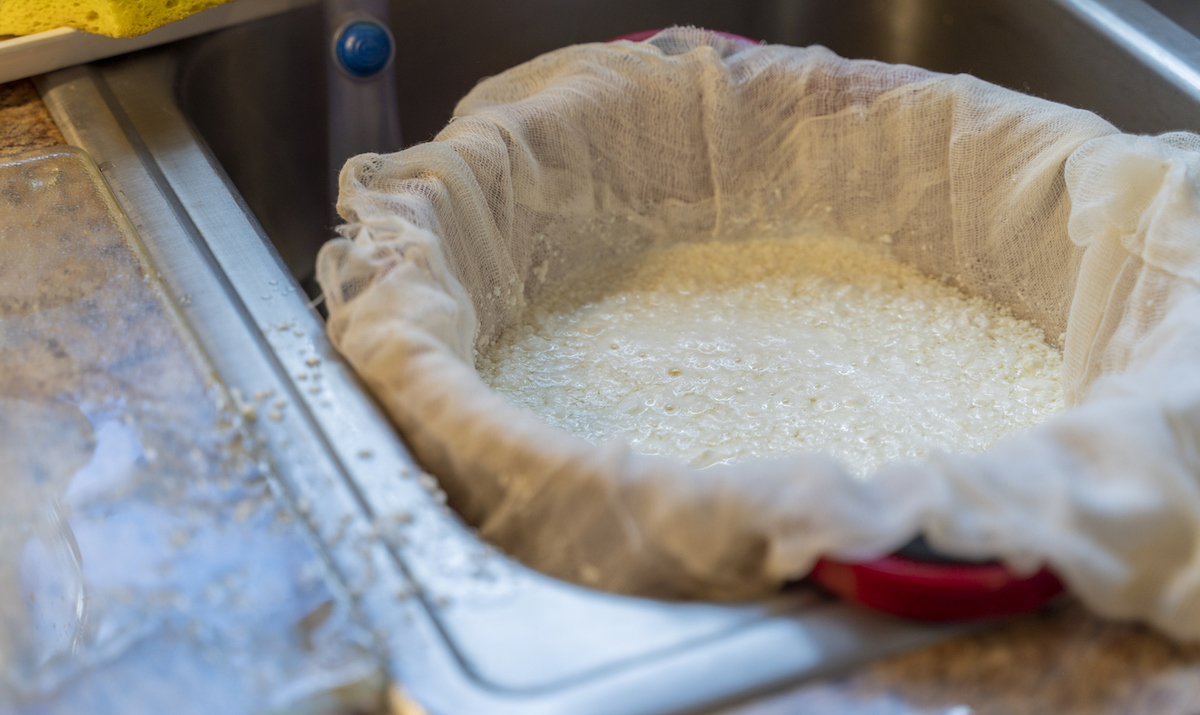
Photo: istockphoto.com
Another traditional way to paint involves milk. A nontoxic coating that provides an aged matte appearance, milk paint requires just a few ingredients: skim milk, lime juice, cheesecloth, and powdered pigments. Find the full recipe in our article How To: Make Your Own Milk Paint. Also, using paint brushes instead of rollers will add an homemade authentic touch to a paint job.
Making Rope Rugs
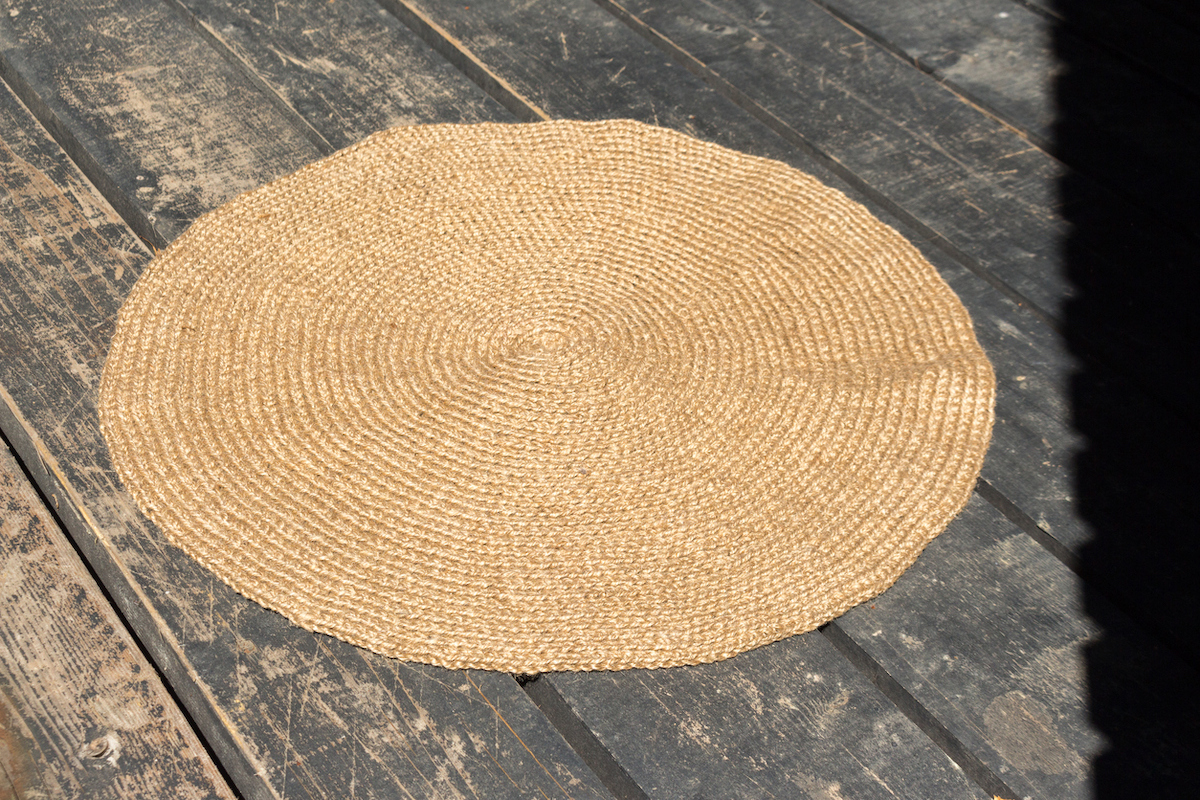
Photo: istockphoto.com
If you are looking for a charming and durable rug for an entryway or mudroom, consider a rope rug. With just rope and glue, you can make a round rug of any size. Start by applying hot glue to the end of the rope, and then begin to coil the rope around and around. Add hot glue as you coil and press on a flat surface to make sure the coil remains level throughout the process. If you are interested in other ways to make a handmade rug, check out our article on DIY rugs.
Mixing Window Cleaner
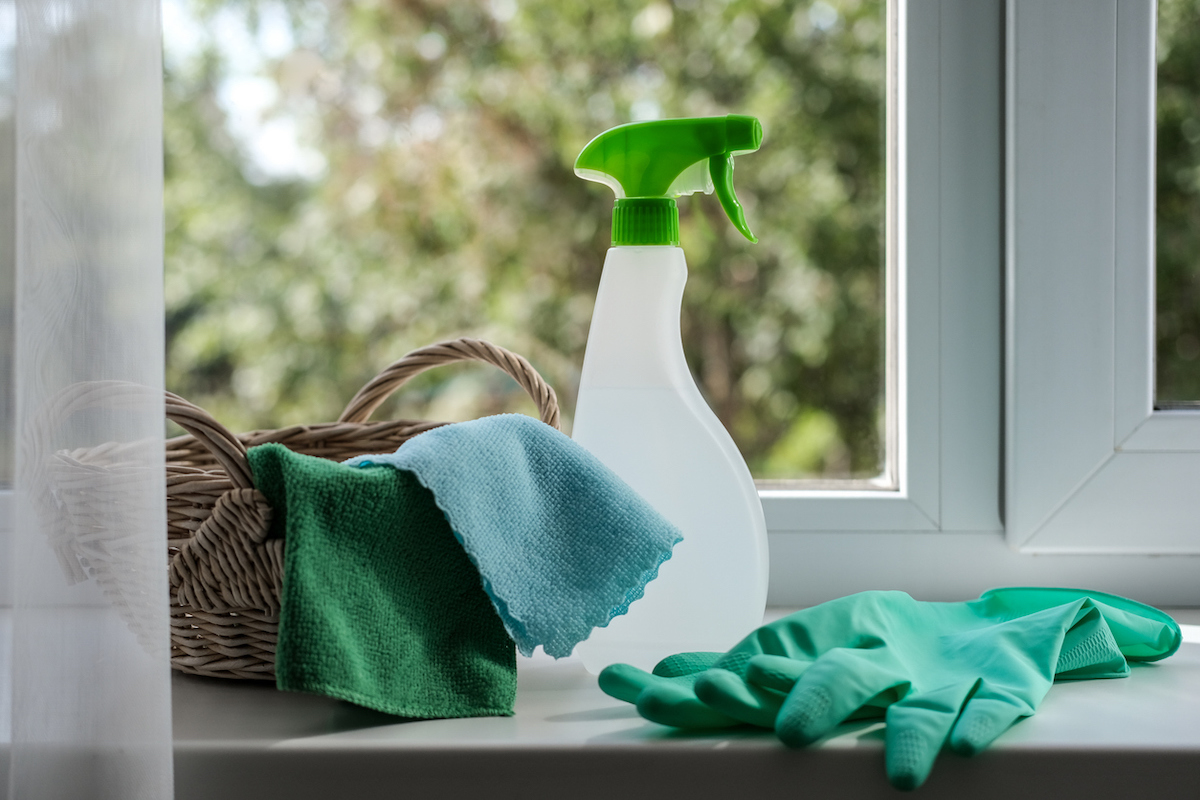
Photo: istockphoto.com
Instead of spending money on a chemical-based window cleaner, make your own with this simple recipe. You just need a spray bottle, ¼ cup of white vinegar, and ½ teaspoon of liquid dish soap. If you want to add fragrance, try essential oils like lemon or peppermint. Learn more about this homemade cleaner in our how-to article.
Splitting Firewood
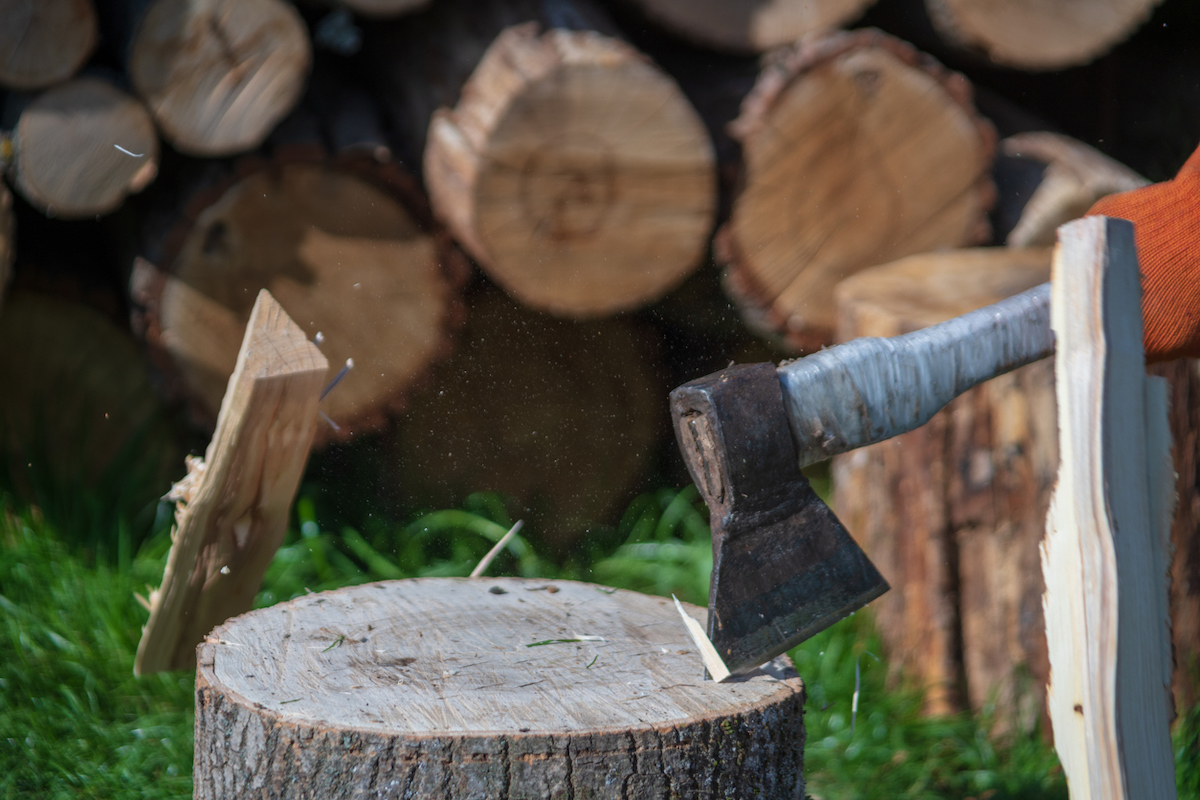
Photo: istockphoto.com
While you can buy logs that are fire-ready, it’s not the same as splitting your own firewood. Beyond being good exercise, it’s a way to save a little, too. Sitting by a fire that’s made with wood you split is also more satisfying. You’ll need a splitting maul, safety glasses, work boots and gloves, and a chopping block. Plus, learn how to safely split wood in our helpful how-to article.
Drying Clothes on a Line
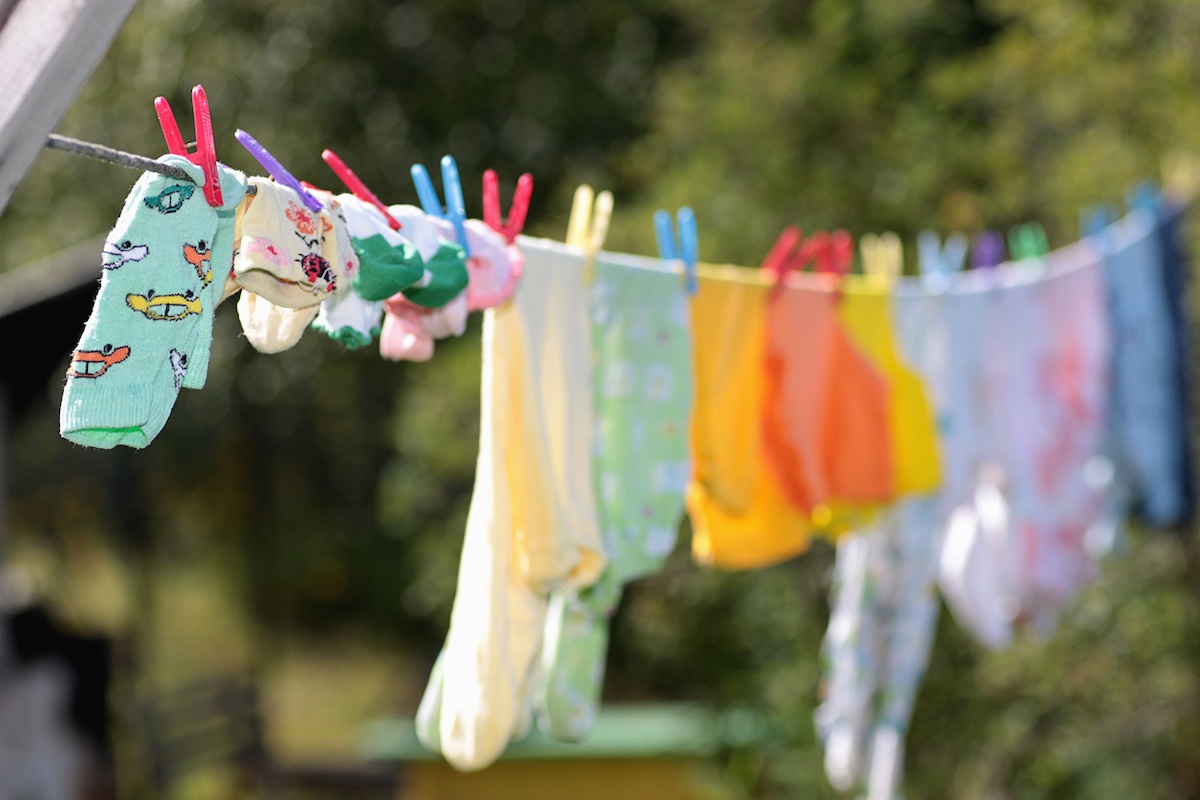
Photo: istockphoto.com
Consider skipping the dryer and using the sun to line dry clothes. While you could use a collapsible drying rack for small loads, two posts in the ground with a vinyl-coated cord between can dry larger and more items at once. (If you use a regular rope, it could shed or hold water and rot over time.) Always wipe the cord with a clean rag before hanging a new load, just to be sure it’s clean. You’ll also need a bunch of wooden clothespins.
Mowing with a Reel Mower
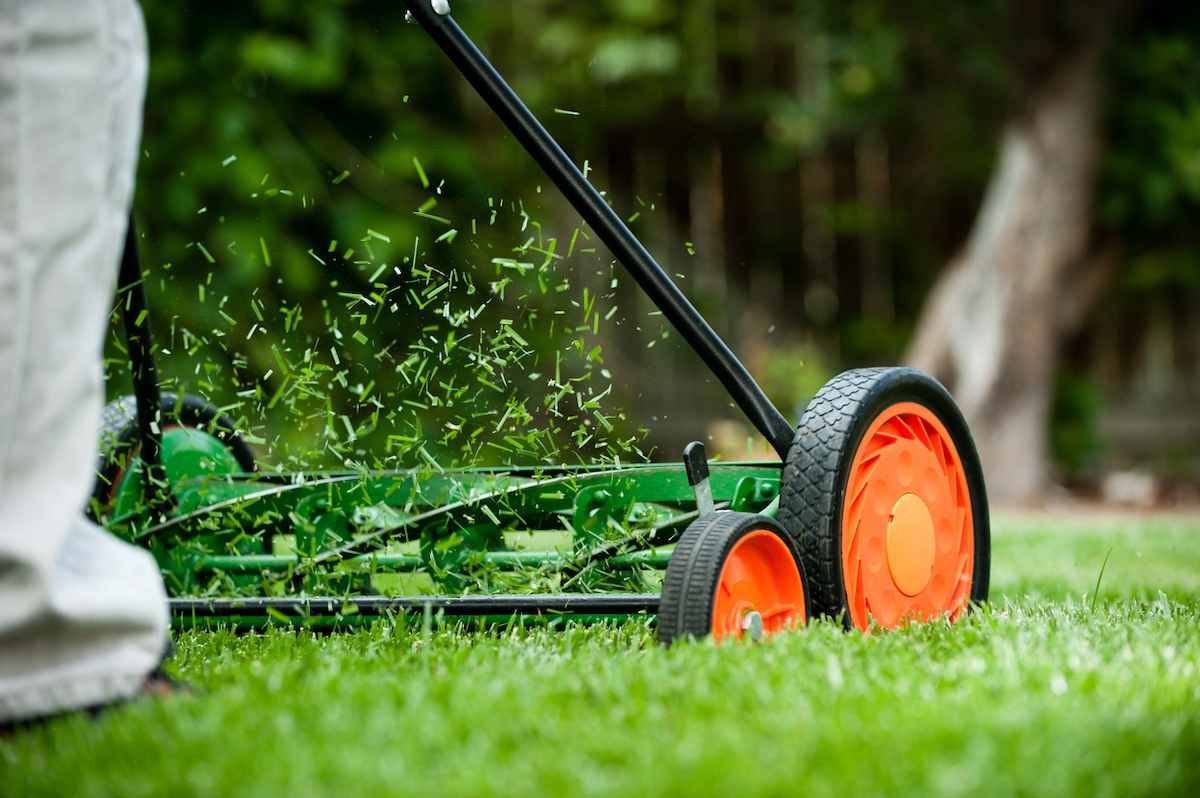
Photo: istockphoto.com
Keep a lawn tidy without gas or electricity by using a reel lawn mower. These old-school push mowers are quiet, so you can mow at pretty much any time of day without disturbing neighbors. They are also lighter in weight and smaller than powered mowers, so they are easier to store. However, they are not the most effective at cutting tall grass, and from time to time you’ll need to either sharpen the blades or find a local blade sharpening service.
Hand Nail a Planter
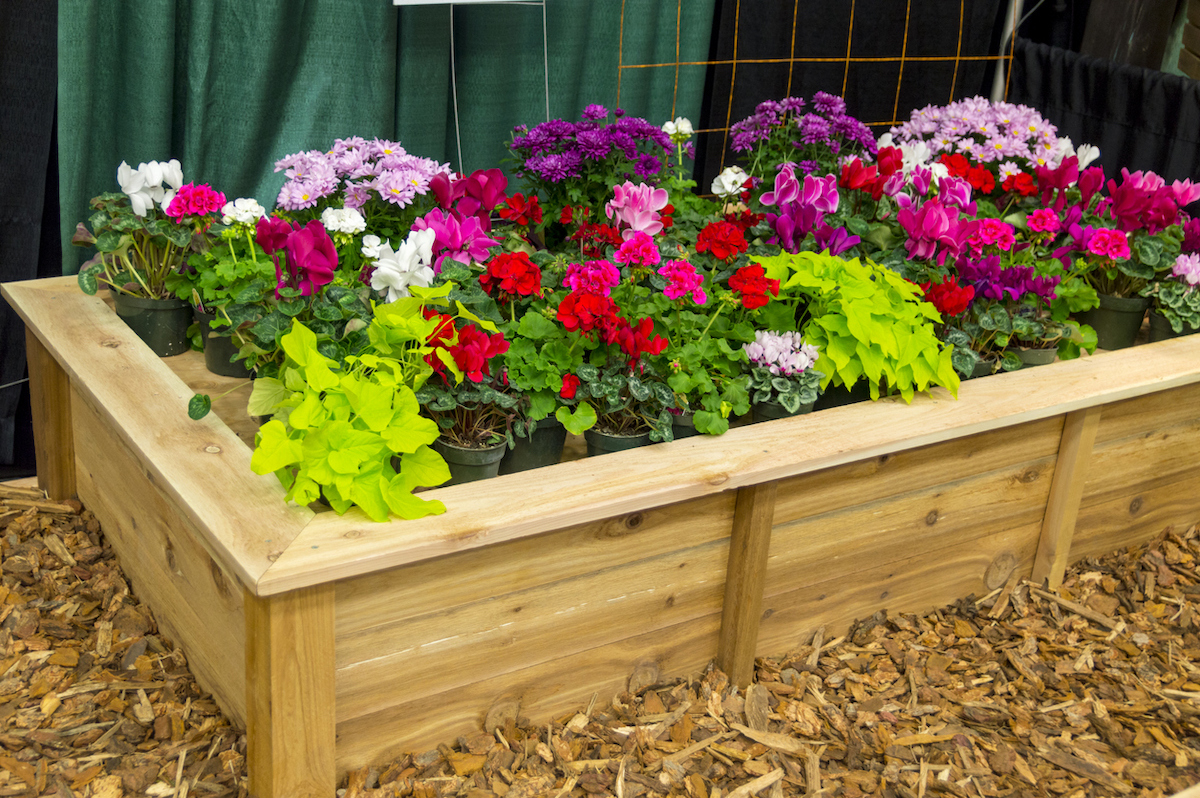
Photo: istockphoto.com
Instead of building an outdoor planter with an impact driver or attaching board and batten for a feature wall with a pneumatic nailer, reach for a hammer and nails. Old school hand nailing is a good workout and it can be a lot of fun to smash the nails into position on a rough carpentry project like a planter or framing for a backyard shed. For finish carpentry like board and batten or other trimwork, use finish nails or brads that have a slim head.

Our Favorite Prime Day Deals Are Sure to Sell Out
Prime Day runs July 8 through 11, and Amazon (and many more retailers) have released hundreds of exciting seasonal deals. Check out our favorite products in the sales, from power tools and outdoor equipment to robot vacuums and power stations.